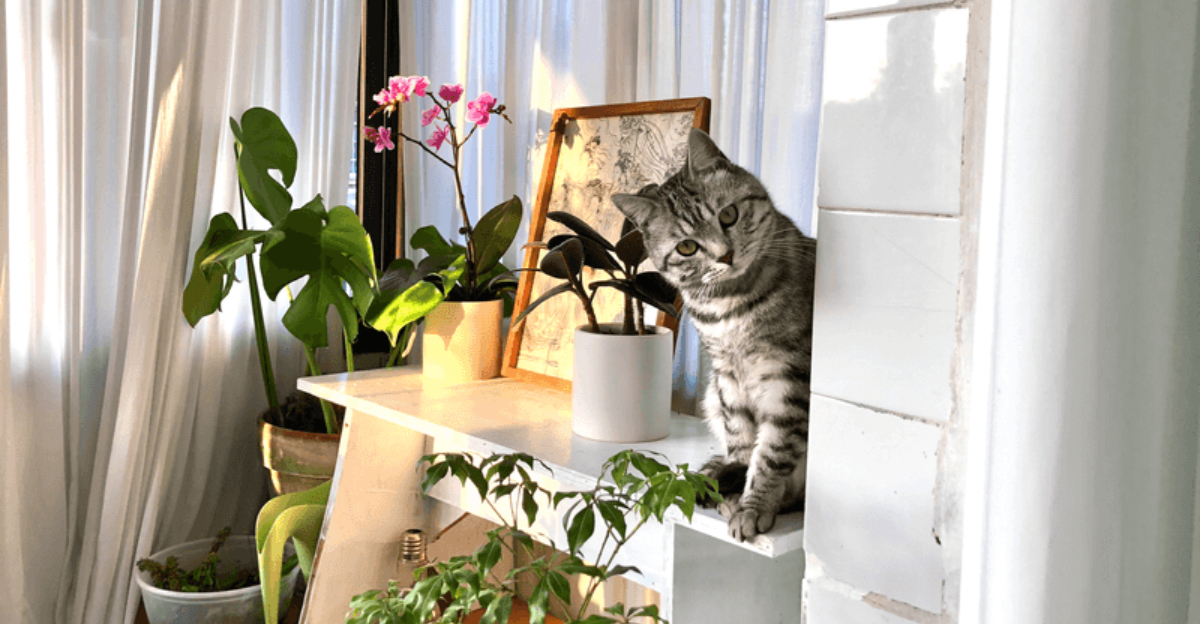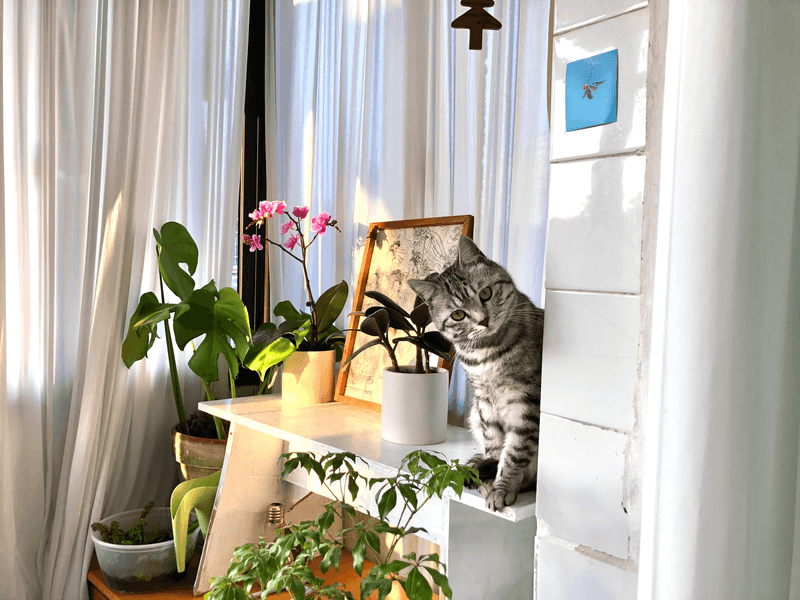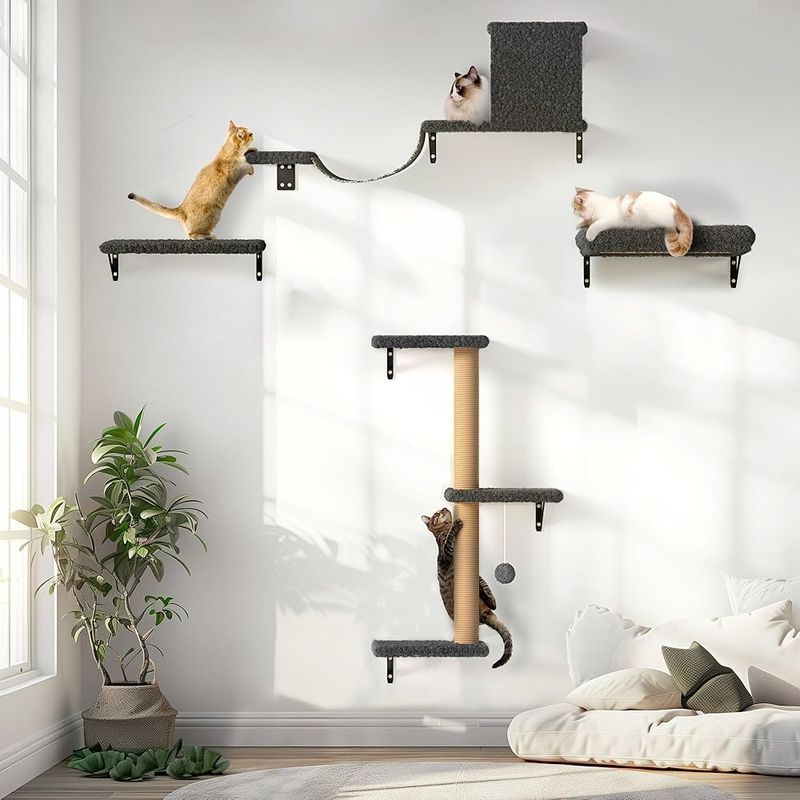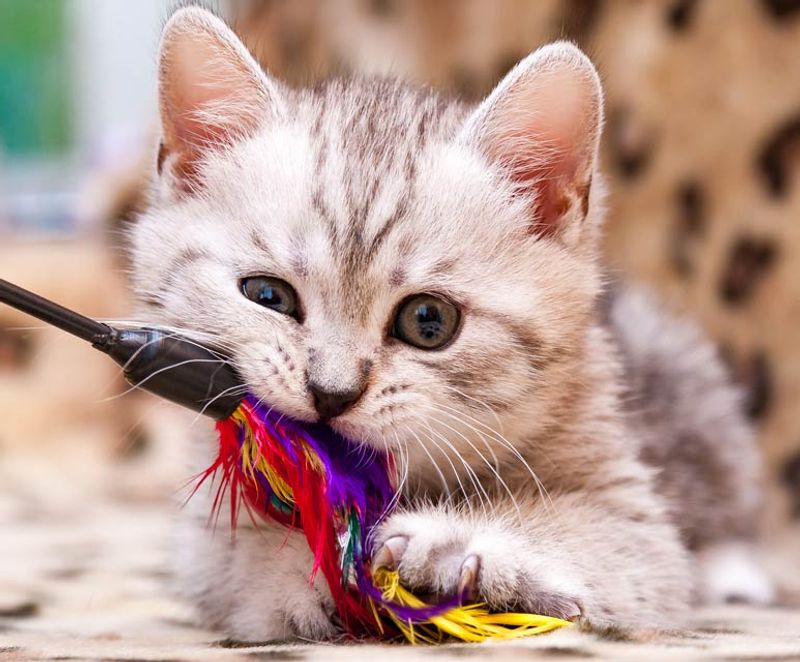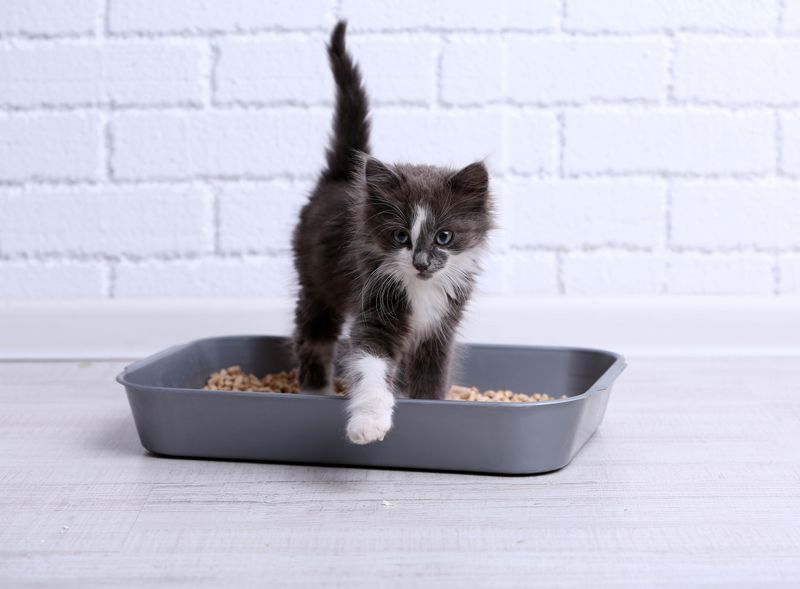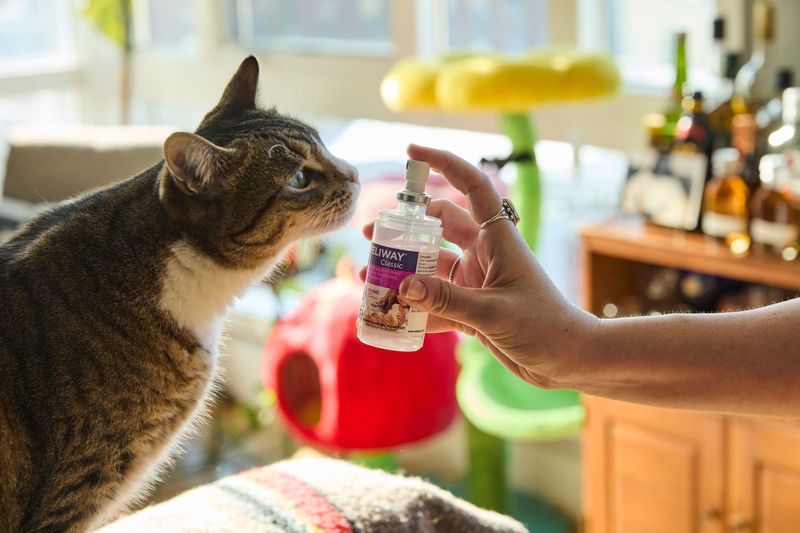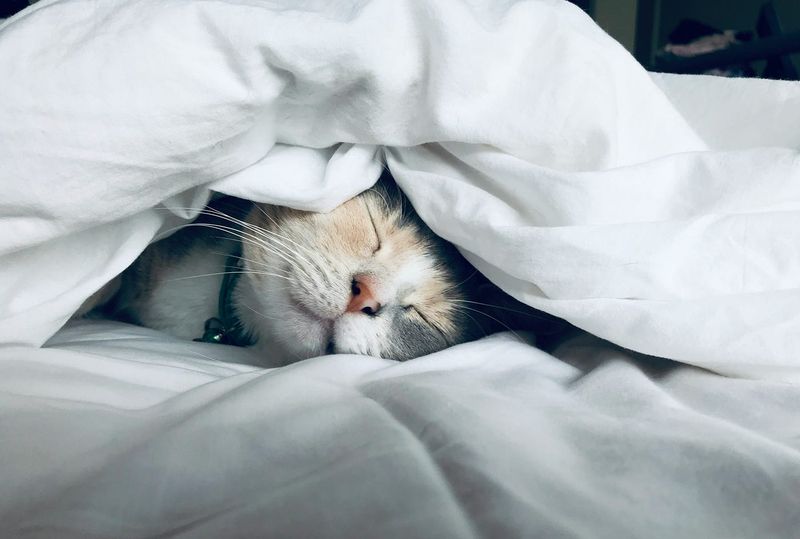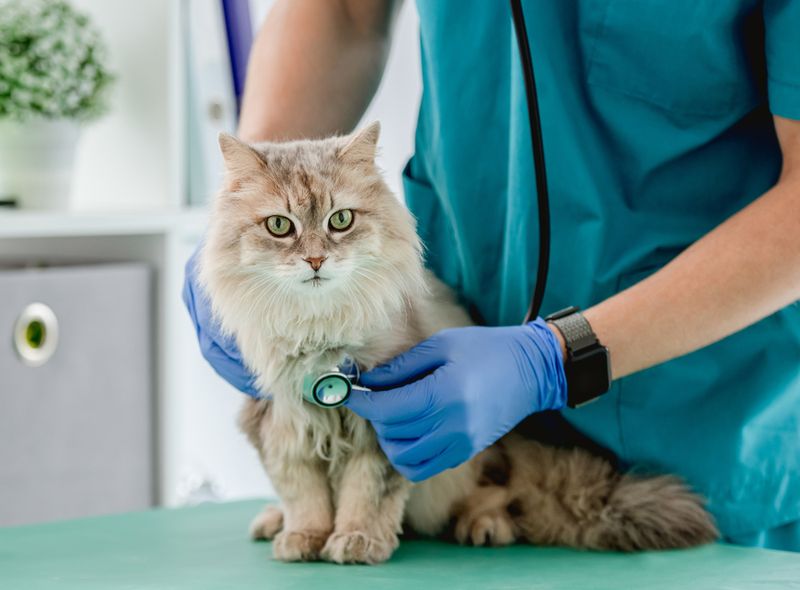📖 Table of Content:
- 1. Stick to Feeding Times
- 2. Create a Safe Space
- 3. Gradual Introduction to Changes
- 4. Interactive Playtime
- 5. Maintain Litter Box Routine
- 6. Use Comforting Scents
- 7. Keep Noise Levels Steady
- 8. Positive Reinforcement
- 9. Consistent Sleep Environment
- 10. Routine Grooming Sessions
- 11. Professional Advice
Cats are creatures of habit, often finding comfort in familiarity and routine. When changes disrupt their usual pattern, they may exhibit signs of stress or anxiety. However, with patience and understanding, you can help your feline friend transition smoothly into their new routine. Here are 11 strategies to assist your cat in adapting comfortably to changes, whether it involves moving to a new home, a shift in daily schedules, or introducing new pets or family members.
1. Stick to Feeding Times
Consistent feeding times provide stability for cats. Just like humans, cats appreciate knowing when to expect their meals. Maintaining regular meal schedules can help reduce anxiety and keep your cat’s digestion on track. If changes are unavoidable, gradually adjust feeding times to ease the transition. Try shifting the schedule by fifteen minutes each day until the desired time is reached. This gradual approach can help your cat adapt without overwhelming stress. With patience, your feline companion will adjust to the new rhythm, feeling secure and well-cared for.
2. Create a Safe Space
Cats find solace in having their own sanctuary. Establishing a designated area where your cat can retreat to is vital. It could be a simple nook with a bed, their favorite toys, and perhaps a window view. This space serves as a refuge when your cat feels overwhelmed by changes. Slowly introduce new elements to this area, allowing your feline to explore at their own pace. A sense of ownership and security in this space can significantly ease the transition process. Over time, it becomes their haven of comfort.
3. Gradual Introduction to Changes
Abrupt changes can be stressful for cats. Whenever possible, introduce new elements gradually. For instance, place new furniture in a room for short periods each day, allowing your cat to investigate comfortably. Gradually increasing exposure helps build familiarity and reduces tension. Additionally, using scent-marking techniques like rubbing a soft cloth on your cat’s face and then on new items can help them accept these additions. Through a measured approach, your cat will adjust without feeling threatened, fostering a serene environment.
4. Interactive Playtime
Play is an essential part of a cat’s routine. Engaging in regular interactive playtime can reduce stress and build a strong bond between you and your cat. Use toys that mimic prey, such as feathers or laser pointers, to stimulate their natural hunting instincts. A daily play session can provide your cat with physical exercise and mental stimulation, helping them adapt to changes. Additionally, playtime offers an opportunity to reinforce new routines positively. It’s not just fun but instrumental in creating a harmonious transition for your cat.
5. Maintain Litter Box Routine
Cats are particular about their litter box habits. Keeping this part of their routine consistent is crucial for comfort. Ensure the litter box is clean, accessible, and located in a quiet area. If a change in location is necessary, move it gradually, a few inches daily, to avoid confusion. Consistency in this routine helps prevent litter box problems and reassures your cat during transitions. Maintaining a predictable environment around their bathroom habits can ease anxiety and promote a sense of stability.
6. Use Comforting Scents
Scent plays a significant role in a cat’s perception of safety. Introducing calming aromas like lavender or chamomile can help ease stress. Consider using a diffuser with these scents in areas where your cat spends most of its time. Additionally, pheromone sprays or diffusers designed specifically for cats can provide extra comfort. These scents work subconsciously to create a calming environment, assisting your feline in adapting to the new routine. With a soothing atmosphere, your cat can navigate changes with less anxiety.
7. Keep Noise Levels Steady
Cats are sensitive to sound, and drastic changes in noise levels can create discomfort. Maintain a steady auditory environment by avoiding sudden loud noises. If your routine involves more noise, try introducing calming background music. For instance, classical music or natural sounds can help mask disruptive noises, creating a tranquil ambiance. Cats often prefer consistency in their environment, and a stable soundscape can make transitions smoother. Through mindful control of the auditory atmosphere, you can foster a peaceful setting for your cat.
8. Positive Reinforcement
Reward-based strategies can help your cat adjust positively. Offer treats, affection, or praise when your cat exhibits calm behavior in response to changes. Reinforcement strengthens their confidence and encourages adaptation by associating new experiences with pleasant outcomes. Whether introducing a new pet or adjusting a schedule, consistently rewarding your cat for coping well will foster resilience. This approach nurtures a positive connection to the new routine, making it an integral and welcome part of their day-to-day life.
9. Consistent Sleep Environment
Cats value their sleep, and a consistent sleep environment is crucial. Ensure their sleeping area remains undisturbed, with familiar bedding and surroundings. If changes are necessary, introduce them slowly, allowing time for adjustment. Cats are creatures of habit, and stability in their sleep routine contributes to overall well-being. By maintaining a predictable resting place, you offer your cat a sanctuary of comfort amidst any changes. This consistency helps them feel secure and well-rested, ready to face new challenges confidently.
10. Routine Grooming Sessions
Grooming strengthens the bond between cat and owner while providing comfort. Regular brushing sessions help maintain your cat’s coat and minimize shedding. Incorporate grooming into your cat’s routine to offer a calming, familiar activity. This practice not only soothes but also reassures your cat during transitions. When new routines are introduced, the continuity of grooming can serve as an anchor, reinforcing their sense of stability and connection with you. By preserving this ritual, you support your cat’s emotional health.
11. Professional Advice
When adjustments prove challenging, professional guidance can be invaluable. Consulting a veterinarian or pet behaviorist provides insights tailored to your cat’s needs. They can offer strategies to address specific issues related to routine changes. Professional advice ensures that any underlying health concerns are ruled out, paving the way for a smooth transition. Armed with expert knowledge, you can confidently guide your feline through changes with tailored solutions that promote peace and comfort. Knowledge is power in supporting your cat’s adaptability.
